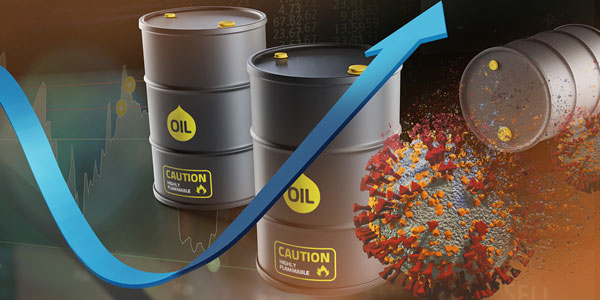Introduction
No matter how careful we are with our investments or how much research we conduct, many of our trades will fail. Because of this, we must exercise strict risk management in all of our businesses. However, we can't predict whether it will succeed or fall out of the gate. A loss can quickly grow out of control if it isn't contained. Stocks that experience large price swings, especially when leveraged, can quickly wipe out a portfolio. Avoid this by limiting your exposure on each trade. Risk management procedures that work to limit losses and forewarn investors of impending market shifts are essential for successful trading. Without a risk management plan, traders risk losing their hard-earned money in a single trade.
How Much Capital to Risk on Each Trade
Risking more than one percent of your trading account on any single trade is not recommended. In other words, a single transaction should never account for more than 1% of your total trading capital. If your trading account balance is $30,000, you can risk up to $300 per trade without withdrawing your funds. You can only buy so many shares if you spend most of your budget on a stock that costs $29 per share. Your capital to risk in a stock trade is less than one percent if you don't lose more than three hundred dollars. Many new traders falsely assume that if they risk 1% of their capital, they can only invest 1% of their total. On each trade, day traders typically risk a sizable chunk of their money, if not the entirety of their account.

Trade Risk Variations
Some investors have a risk tolerance of 2% or more of their capital. This is standard practice for traders with smaller accounts willing to take more significant risks in pursuit of more enormous rewards. Day trading in the stock market necessitates a minimum of $25,000 (there are some alternatives), but with a maximum loss of $250 per trade at a risk of only 1%, this should be more than enough capital. 1 You can lose as much as $500 if you risk 2%. Limit your exposure to less than one percent of your total account balance. The maximum capital risk per stock trade for those with a $500,000 trading account is $5,000. However, you need not take even a 1% chance. Reduce the percentage if it's too high compared to your needs. Making a good living by gambling $1,000 or even $100 per trade is possible. It doesn't matter how much money you make if you're happy with it. Never take on more danger than is comfortable.
Making Sure Your Trades Don't Exceed the Risk Limit
You can now make educated trades based on the size of your trading account. Most day traders in the stock market do best with a risk level of 1% or less. Maintaining that level of risk avoidance is crucial. With a $30,000 bankroll, a $300 bet would be acceptable. Implementing a stop-loss order is the simplest way to limit your losses to $300. You are automatically removed from the trade when the market moves against you and reaches the stop-loss price. Let's pretend you invest $14 in stock. There's a chance it could surge to $14.50, though it might be a while before that happens. The market price has recently risen to $13.80. Thus, you set your stop loss order at $13.78 — just below a minor support level. Your stop loss is 22 cents away from your entry point.
Remember that you can risk up to $300 in total. How many shares can you buy with $300 divided by $0.22? To illustrate, let's say you invest in 1,363 shares and suffer a loss of $0.22 per share. Your total loss would be $299.86, dangerously close to your maximum loss of $300. The price of 1,363 shares at $14 each is $19,082. Though a sizable chunk of available funds went into making the trade, less than 1% is now in jeopardy. In addition, we should only risk 1% or less of our total capital, as there will be times when we lose more than anticipated. Even though we have put in a stop-loss order, there is still a chance that our loss will be more significant than 1% due to slippage. If you stay away from trading during times of high news event volume and high volume trading of stocks, you can expect to experience minimal slippage.

Conclusion
Good investors never put their faith in something as risky as hope. Taking less risk and earning a higher return is always the best strategy. The risk-reward ratio is always estimated in a conservative but reasonable manner. A trader must master all the necessary capital risk management techniques in a stock trade to be successful in the stock market over the long term. Calculating the market's potential downside and the upside is an integral part of risk management. The following methods will allow the trader to limit losses and get out of a position at the optimal time. The above trading strategies are complex, and you should seek the advice of an expert.




